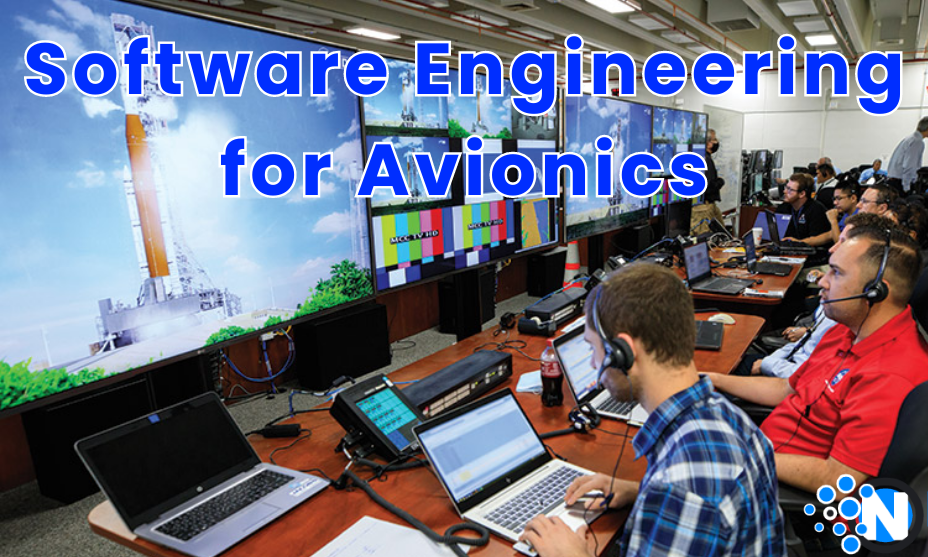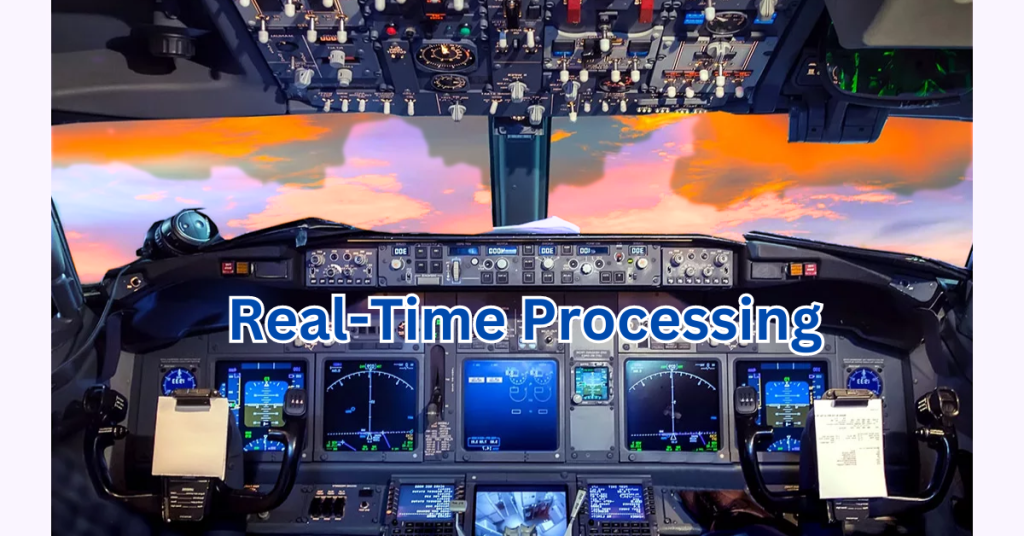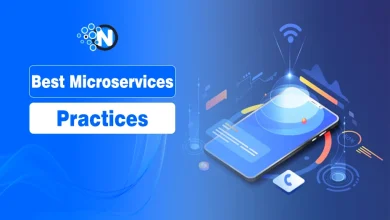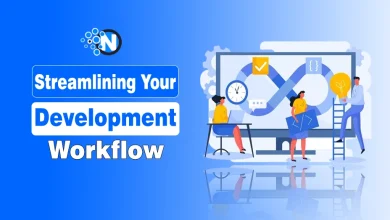Current Challenges in Software Engineering for Avionics and How to Overcome Them

Avionics, the electronic systems used in aircraft, heavily rely on software engineering to ensure their safe and efficient operation. As technology advances, new challenges arise in the field of avionics software engineering.
In this blog post, we will discuss some of the current challenges faced by software engineers in avionics and discuss strategies to overcome them.
Challenges in Software Engineering for Avionics
1. Safety and Reliability
Ensuring safety and reliability is paramount in avionics software engineering. They must develop software that is reliable, safe and easy to use as well. Software engineers must follow industry standards and best practices, such as the DO-178C standard for airborne software. Additional standards such as the new ARP4754B for aircraft and systems, plus ARP4761A for aviation safety assessments, are also mandatory beginning in 2024. Aviation engineers should conduct thorough risk assessments and hazard analyses to identify potential failure points based on ARP4761 and ARP4761A.
Thorough testing methodologies should be employed to find and fix any potential issues, including functional and non-functional testing. Furthermore, using fault-tolerant design techniques, redundancy, and robust error-handling procedures can help improve the safety and reliability of avionics software.
2. Certification and Compliance
Avionics software must undergo a certification process centered upon DO-178C cited above to ensure compliance with regulatory requirements and industry standards. For this purpose, software engineers should receive advanced DO-178C training, then carefully document the software development process and maintain traceability between requirements and implementation. Experienced aviation development companies typically purchase off-the-shelf DO-178C Templates consisting of 25+ documents for Plans, Standards, and Checklists.
They should establish clear configuration management practices to track changes and ensure consistency. Collaboration with certification authorities such as FAA, EASA, CASA, TC and also military agencies for military aircraft should be performed from the early stages of development; this is crucial to understand the certification requirements and address any concerns proactively. Additionally, engaging in continuous training (including DO-254 and A(M)C 20-152A for avionics hardware and DO-278A for ground/space-based systems, then staying updated with the latest regulatory changes can help streamline the certification process.
3. Integration of Complex Systems
Avionics systems consist of various subsystems that need to work together seamlessly. Integration challenges can arise due to differences in hardware architectures, communication protocols, and software interfaces. To make things easier and more effective, software engineers should employ modular and scalable software architectures that allow for easy integration and interoperability.
Standardized communication protocols, such as ARINC 653, can facilitate system integration. Thorough integration testing should be conducted to identify and resolve any compatibility issues. Additionally, adopting model-based development approaches and utilizing simulation environments can help validate system integration before deployment.
4. Real-Time Processing

Avionics software often operates in real-time, where timely and accurate processing of data is critical. Meeting stringent timing requirements can be challenging, especially when dealing with large amounts of data. To overcome this challenge, software engineers should employ efficient algorithms and data structures optimized for real-time processing.
They should make the most of hardware acceleration techniques, such as field-programmable gate arrays (FPGAs) or graphics processing units (GPUs), to offload computationally intensive tasks. Parallel computing techniques, like multi-threading or distributed computing, can also improve the overall performance of the software. Careful consideration of timing constraints during system design and continuous performance monitoring can help ensure real-time processing capabilities.
5. Cybersecurity
With the increasing connectivity of avionics systems, cybersecurity has become a pressing concern. Protecting avionics software from potential cyber threats is crucial. To overcome cybersecurity issues, software engineers need to implement robust security measures, including encryption, authentication, and intrusion detection systems. Secure coding practices, such as input validation and output sanitization, should be followed to prevent common vulnerabilities.
Regular security audits and vulnerability assessments should be conducted to identify and address any potential weaknesses in the software. Additionally, staying updated with the latest cybersecurity threats and best practices, including compliance to DO-326A/ED-202A, can help engineers proactively protect avionics systems.
6. Legacy Systems
Many aircraft still operate with legacy avionics systems, which may have outdated software architecture and limited capabilities. Integrating and maintaining these legacy systems pose unique challenges for software engineers. For this purpose, engineers should comprehensively assess the existing software architecture and identify areas that need improvement or modernization. They should consider using modular approaches to replace outdated components gradually, ensuring compatibility and minimizing disruption to the overall system.
Collaboration with vendors or system integrators can provide valuable insights into legacy system interfaces and migration strategies. Thorough testing and verification should be conducted to ensure the seamless integration of modern software with legacy systems. Again, provisions within ARP4754B and DO-178C address modifications of legacy systems.
7. Rapidly Evolving Technology
Avionics software engineering operates in a rapidly evolving technological landscape. It is a significant challenge to keep up with the latest advancements and integrate them into avionics systems. Software developers and engineers, particularly those attending a software engineer bootcamp, should actively engage in continuous learning and professional development to stay on top of changing trends. They should stay updated with the latest technologies, tools, and frameworks relevant to avionics software engineering.
Collaboration with research institutions, industry experts and participation in industry conferences can help engineers stay ahead of the curve. Leveraging software engineering best practices, such as agile methodologies and DevOps, can also facilitate the adoption of new technologies in a controlled and efficient manner.
8. Human-Machine Interface
Avionics software interfaces with human operators and the usability of the human-machine interface is crucial for safe and efficient aircraft operation. Designing intuitive and user-friendly interfaces poses a challenge for software engineers. To overcome this, they should involve human factors experts and conduct user-centered design practices.
They should gather feedback from pilots and end-users to refine and improve the interface’s usability and effectiveness. Iterative prototyping and usability testing should be employed to validate the design. Additionally, leveraging advancements in graphical user interface frameworks and interaction design principles can help create intuitive interfaces that enhance the user experience.
Final Thoughts
Software engineering for avionics faces several challenges, ranging from ensuring safety and reliability to addressing cybersecurity concerns and integrating complex systems. By adopting appropriate strategies, following best practices, including DO-178C compliance, and actively engaging in continuous learning, software engineers can overcome these challenges and contribute to developing robust and efficient avionics software solutions.




